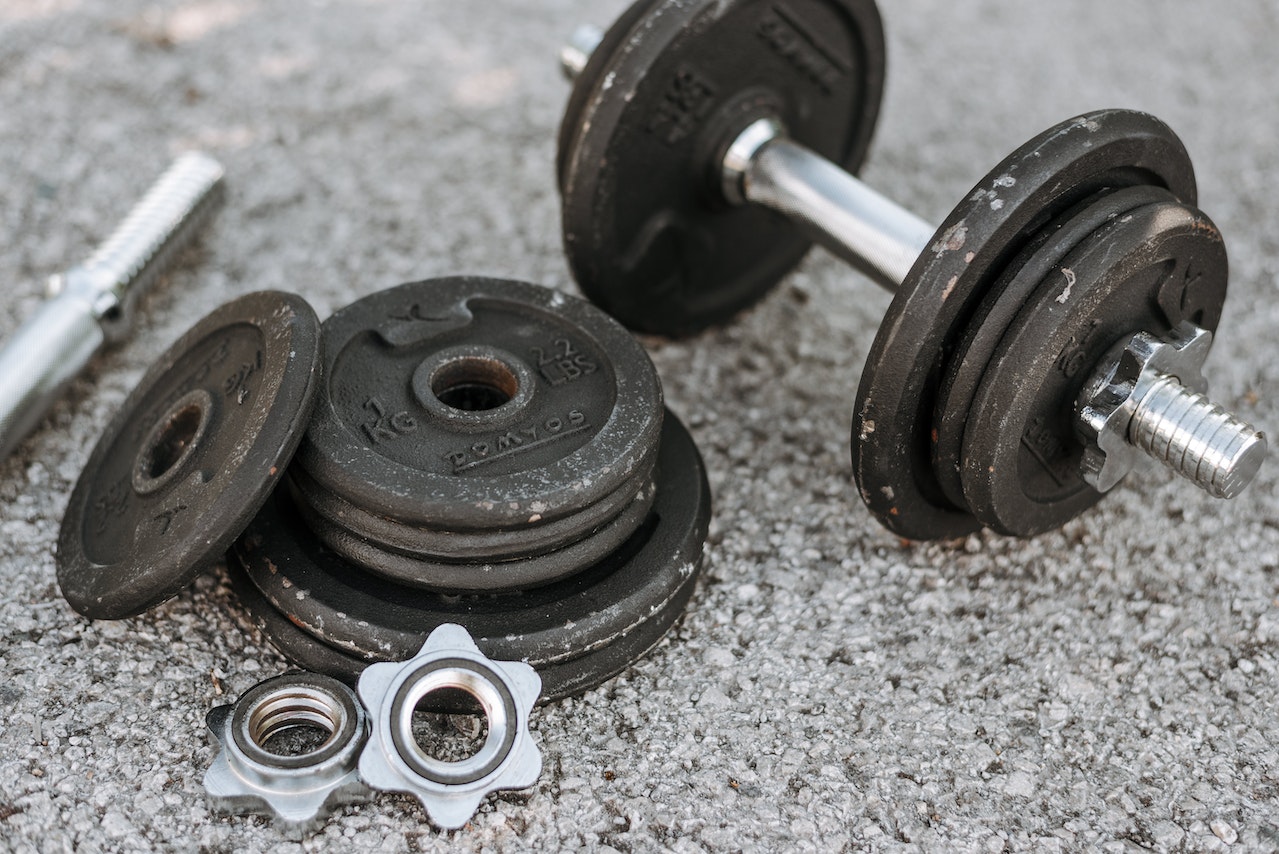
I’ve often seen people raving about the superiority of Mike Mentzer’s and Dorian Yates’ style of High-Intensity Training (HIT). They say that achieving and reaching past failure once is better than getting close to failure several times. They point to the incredible physique of both as evidence for why it works well.
But is this the case?
Is HIT really better than simple high-volume training close to failure?
We’ll explore whether one is better than the other in this essay.
HIT focuses on lifting a heavy set, typically 5-12 reps, to failure and sometimes past failure.
This method is particularly effective for building raw strength, especially in the lowest rep ranges, as it pushes the muscles to their absolute capacity.
Moreover, HIT workouts are generally shorter and more time-efficient, making them ideal for individuals with busy lifestyles. The reduced number of sets and reps also lowers the risk of overtraining, allowing for better recovery and, consequently, muscle growth. It also almost guarantees progress, because it’s nearly impossible to train that hard and not see results, given that your diet and sleep are conducive to growing.
However, there’s no such thing as a free lunch. Lifting to failure can compromise technique, increasing the risk of injury. As I can personally attest to, the mental toll of lifting near one’s maximum capacity can be draining, requiring a high level of focus and determination for every set. Not only this, but it’s also much more possible to leave gains on the table with this style, as reducing yourself to only one or two working sets per exercise may be limiting your total potential growth and thus slowing down overall progress.
High-volume training, or HVT, is characterized by a greater number of sets and repetitions, often at a lower weight, and rarely all the way to failure.
This approach has several benefits. First, the higher number of repetitions allows for technique refinement. The more you practice a movement, the better you get at it, ensuring that you perform each rep with optimal form.
Since you are not generally going to failure, this makes it easier to keep consistent technique with each rep. Second, high-volume workouts tend to burn more calories due to their longer duration, making them beneficial for those looking to shed some fat alongside muscle building.
Finally, science has demonstrated repeatedly that to maximize muscle gains, volume is king. HIT ensures you’ll never achieve the maximum number of sets that your body is capable of handling per week, while HVT is geared specifically towards that optimal training amount.
However, High-volume training is not without its drawbacks.
The most glaring issue is the time commitment. These workouts can be lengthy and people usually do them 5-6 times a week (versus HIT’s 2-4 times a week). This may not be feasible for those with tight schedules. Additionally, the higher volume increases the risk of overtraining, which can then lead to fatigue, potential injuries, and hindered progress. Lastly, this approach often employs lighter weights, which is not as effective for building raw strength.
Personally, I adhere much more to the HIT style of training, but that is simply due to time constraints and my goals. While your body may be capable of handling 12-20 sets per muscle group per week, the first 2-5 sets are going to provide the majority of your gains. This means that while HVT maximizes your total return on training, HIT optimizes time efficiency. Not only this, but HIT tends to favor building strength a little bit more than HVT might do.
However, I don’t think for a second that HIT is better.
Some individuals, and many hard gainers in particular, don’t respond all that well to HIT. HVT is necessary for some people to grow, due to their predisposition to muscle growth. This tends to be the case for athletes who are better at running or endurance sports like cross country, soccer, and distance swimming.
Being comprised more of slow-twitch fibers, which are more resistant to damage and thus hypertrophy, HVT is definitely the most viable approach for such people. This means that, time restraints aside, HVT will work for everyone, but HIT is likely only to work for individuals with the “correct” genetics.
In conclusion, neither High-intensity training nor High-volume training are inherently superior.
You should make the choice between the two by individual goals, lifestyle constraints, and how one’s body responds to training. It’s worth noting that many successful bodybuilders employ a hybrid approach, incorporating elements of both HVT and HIT to maximize gains, and there are also successful devotees of each style.
Therefore, the best way to know which one to do is to experiment and find the training method that aligns best with your muscle-building objectives. Consulting with a fitness coach or knowledgeable personal trainer on the topic can also help expedite experimenting and learning.



